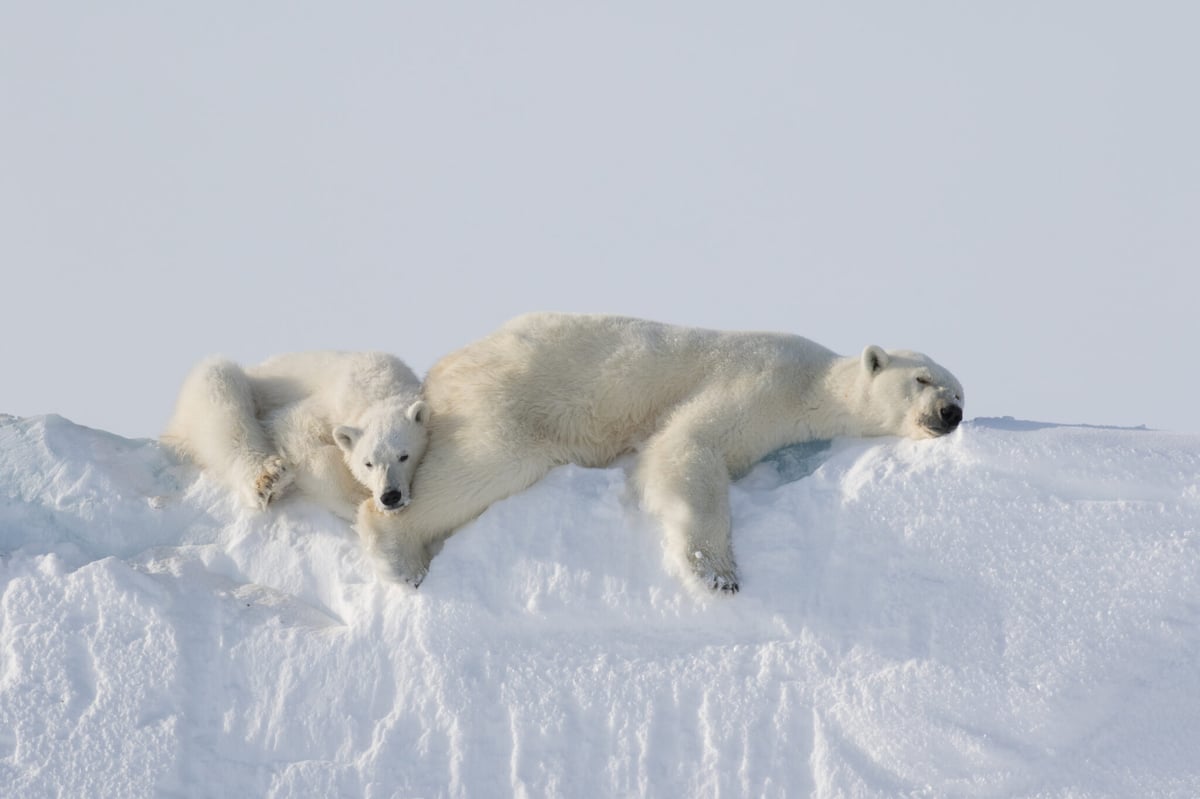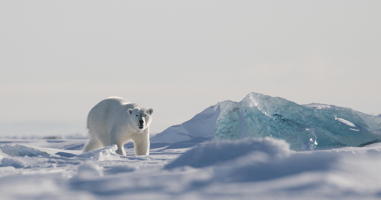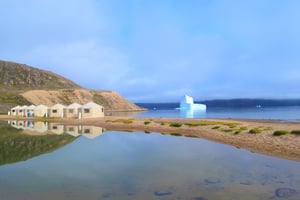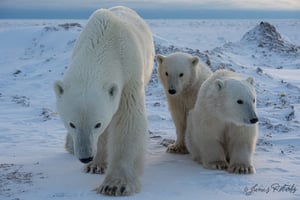Nothing compares to witnessing a polar bear, the world's largest land predator, in its natural...
It’s Polar Bear Week and we are so excited because we love to talk polar bears!
They have developed some remarkable adaptive traits that have helped them in their northern home. So, we thought we’d explore some fast facts about these remarkable creatures.
Join us as we explore some fast facts about the Lords of the Arctic.
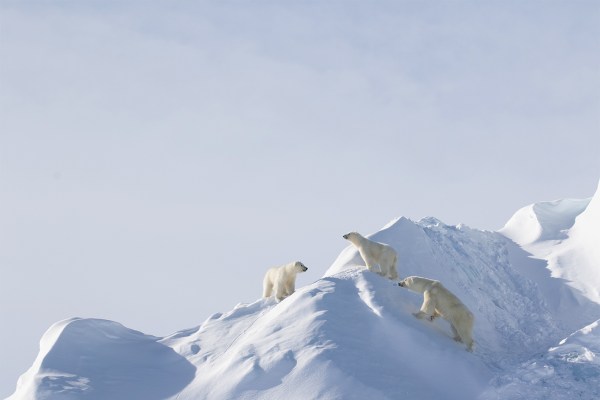
1. Polar bears are not actually white
Polar bears actually have black skin below hollow, colourless hair. Their dark skin attracts the sun and their hollow fur reflects light to trap the sun’s heat.
This is one of the best ways to stay warm in the north.
2. Polar bears can overheat
Though they are adapt to survive Arctic temperatures, which can dip below -50°C, they can overheat.
The long summer days mean lots of sun so they have to conserve their energy with a body designed to survive the cold. This becomes more of a risk when running and in the summer when temperatures can reach up to 20°C.
3. Polar bears clean themselves by rolling in the snow
Can you blame them for wanting to keep themselves clean?
Staying clean also helps the insulating properties of their fur, so after feeding they will often freshen up by taking a swim and/or roll in snow. Rolling in the snow also helps cool them off when they get too hot.
4. They are the largest land carnivore
It’s no wonder why they are considered the Kings & Queens of the Arctic since they are big! A male polar bear can reach 3 m (9 ft 10 in) and weigh more than 770 kg (1700 lb).
Females are generally half the size of male bears but can measuring 2.4 m (7 ft 10 in) and weigh 250 kg (550 lb). However, a pregnant polar bear will nearly double her weight to support her cubs.
5. They’re quick on their feet
While polar bears can reach speeds of up to 40km per hour (25 mph) on land, they tend to avoid running because of the enormous amount of energy it burns. It is rare that they will chase prey since they are so heavy and prefer to sneak up or wait at a breathing hole.
6. They’re fast in the water too!
Polar bears are also strong swimmers and can comfortably swim around 10 km per hour (6mph). They use their large front paws to propel themselves through the water and their back legs to steer like a rudder.
In fact they are considered marine mammals due to the water being their primary habitat. Their latin name actually means “sea bear”.
7. They have a very good sense of smell
Polar bears can sniff out seals, their main food source, from up to 1 km (0.6 miles) away and even under 1m (3 ft) of snow.
Since their sense of smell is better than their sight, when they stand up on their hind legs it is to smell the breeze rather than to look.
8. Polar bears can live up to 30 years
While some polar bears can live up to 30 years, most polar bears live up to 15 – 18 years. This is a common lifespan among bears even though polar bears often live in harsher conditions.
9. Polar bear have an average of five litters
A female bear can begin having litters at the age of four and will stay with their cubs for 2 – 2.5 years. Then they will wean their cub and look for a new mate.
Two-thirds of polar bear litters are twins and female bears have been known to adopt lost cubs.
10. The biggest threat to polar bears is shrinking sea-ice
A warming climate is causing sea-ice to melt earlier and forming later each year, which means that polar bears have less time to hunt on top of the sea-ice.
The bears rely on this sea-ice as a platform to hunt sea prey like seals that come onto the ice and give the bear the advantage. This platform is their winter territory and allow these enormous and beautiful creatures a chance to find enough food to make it through the warmer seasons.
Come See Polar Bears In Their Habitat
Is it a bucket list dream to see polar bears in an Arctic landscape? We believe that seeing wildlife in person builds personal connections to the animals and their habitat making every guest an Arctic Ambassador.
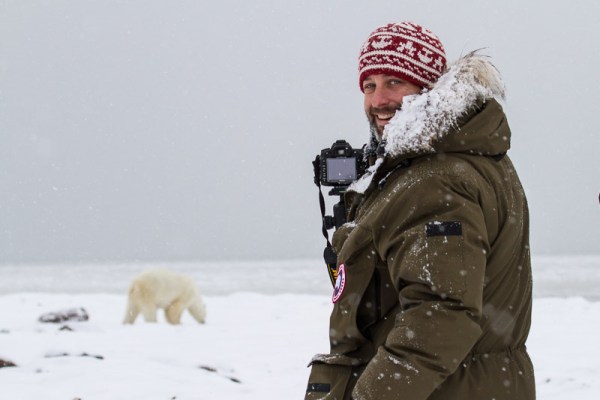
We provide safe and stress-free opportunities to view and photograph polar bears in their natural habitat from February to November:
Polar Bear Mother and Newborn Cubs – February & March
Spring Polar Bears of Baffin – March & April
Narwhal and Polar Bear Safari – May & June
Polar Bears and Glaciers of Baffin Island – August
Polar Bear Migration Fly-In Photo Safari – October & November
Experience The Arctic On A Safari
Get chances to view elusive Arctic wildlife and experience the majesty of the Arctic on safaris almost year-round. View all Arctic Safaris here.
Ready for adventure? Contact our Arctic Travel Advisors to book.
We now have a Gear Shop where you can browse some of the best outdoor clothing and equipment to buy or gift to friends and family.
Are you still curious about the many wonders of the Arctic or looking for more interesting content then explore more blogs here!
By: Mathew Whitelaw

